Mushroom enthusiasts and foragers are often captivated by the diverse and mysterious world of fungi. Among…
Armillaria Mellea: Honey Mushroom Identification and Look Alikes

Honey mushrooms, scientifically known as Armillaria mellea, are a fascinating group of fungi that have captured the attention of mycologists and foragers alike. These edible mushrooms are sought after by culinary enthusiasts, but their identification can be tricky, especially when compared to their toxic look alike, the deadly galerina. In this article, we will delve into the world of honey fungus, discussing their characteristics, habitat, and how to distinguish them from their dangerous counterpart, the deadly galerina.
The Honey Mushroom: Armillaria mellea
Armillaria mellea, commonly referred to as the honey mushroom, is a parasitic and saprophytic fungus. They belong to the family Physalacriaceae and can be found in various parts of the world. These mushrooms have several distinct characteristics that make them unique.
Physical Characteristics
Honey mushrooms have a cap that can vary in color, often resembling the color of honey, hence their name. The cap ranges from 3 to 15 cm (1.2 to 6 inches) in diameter and can appear to be slimy when moist. The stem of the honey fungus is typically 5 to 15 cm (2 to 6 inches) long, and it has a distinctive white ring or skirt-like structure at the upper part of the stem. The gills of these mushrooms are attached to the stem, not free, and are often white to pale yellow.
Habitat
Honey mushrooms are known for their affinity for hardwood trees. They can be found growing in clusters around the base of trees, stumps, or on decaying wood, particularly during the fall months. These mushrooms can form large, interconnected networks of mycelium that can cause wood decay in living and dead trees.
Edibility
Honey mushrooms are edible and have a slightly sweet taste. They are often used in culinary dishes and are highly sought-after for their unique flavor. However, it is essential to cook them thoroughly, as some individuals may experience digestive discomfort if consumed raw.
Honey Mushroom vs. Deadly Galerina
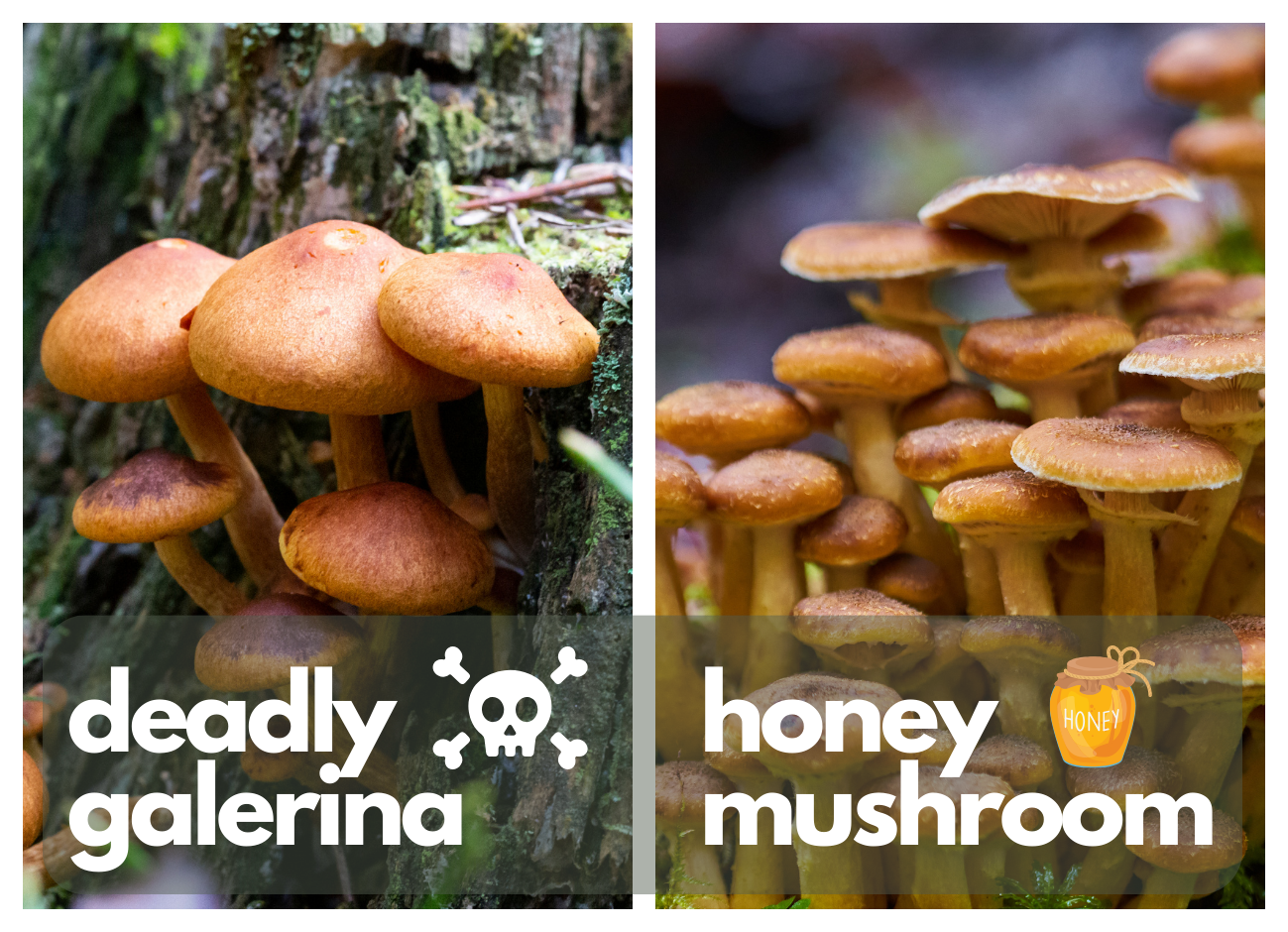
One of the critical aspects of honey mushroom identification is distinguishing them from the deadly galerina (Galerina marginata), a highly toxic mushroom that closely resembles honey fungus.
Physical Differences
Cap:
Honey mushrooms have caps that range in color from yellow-brown to reddish-brown, often resembling honey or caramel. In contrast, deadly galerina has a chestnut-brown to dark brown cap.
Stem:
The stem of honey fungus has a white ring or skirt-like structure near the top. Deadly Galerina lacks this feature.
Gills:
Honey mushrooms have attached gills that are white to pale yellow. In contrast, deadly galerina has free gills that are dark brown.
Spore Print
One of the most reliable ways to differentiate between honey mushrooms and deadly galerina is to examine their spore prints. To obtain a spore print, place the mushroom cap, gill side down, on a piece of paper for several hours. The spore print of honey fungus will be white to pale cream, while the deadly galerina’s spore print will be rusty brown.
Habitat
Another important distinction is their habitat. Honey mushrooms are primarily found growing in clusters around hardwood trees, stumps, and decaying wood. In contrast, deadly galerina is often found in coniferous forests and woodlands, typically on rotting coniferous wood.
Final Thoughts on Honey Mushroom Identification
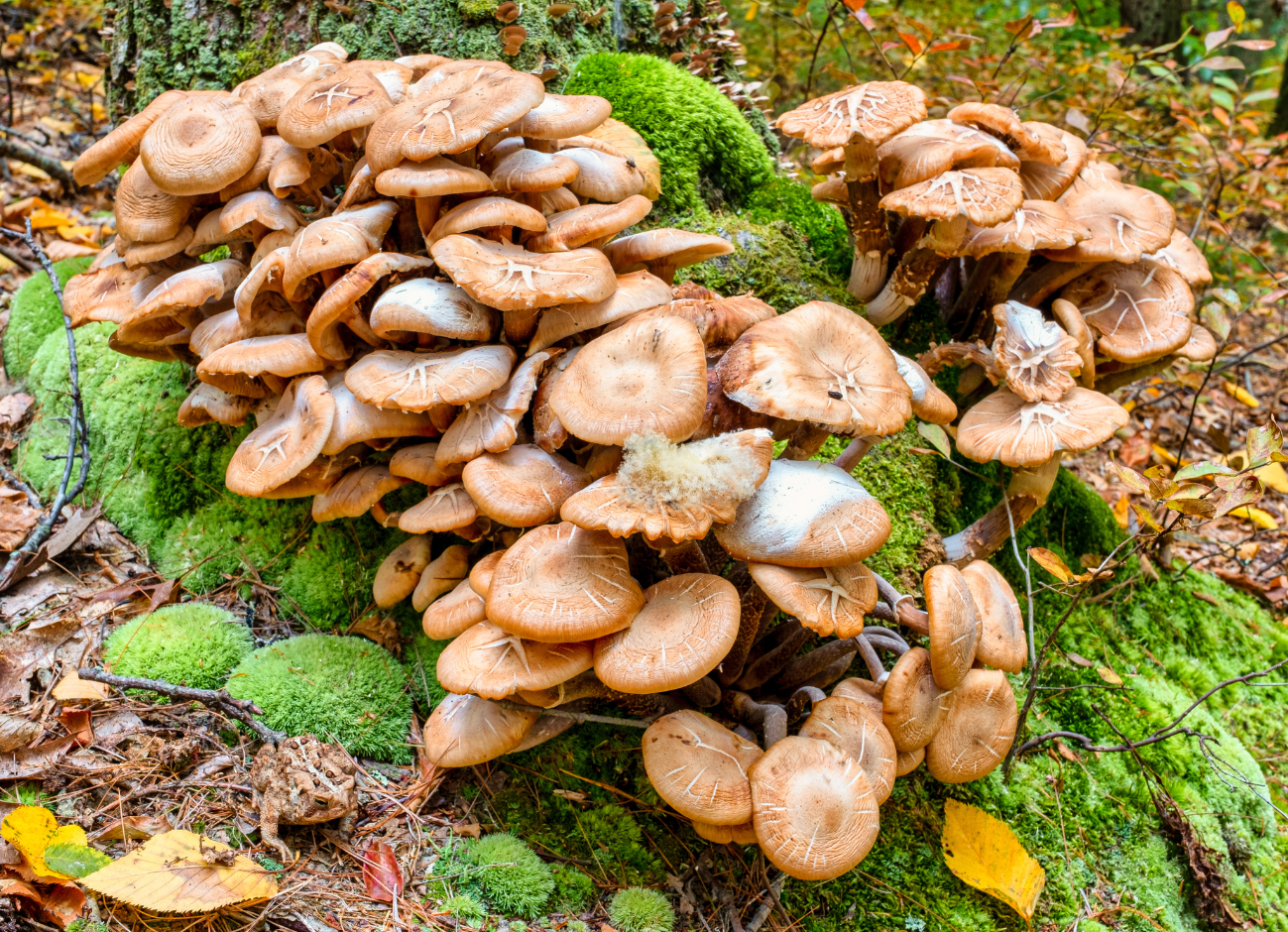
Honey mushrooms, or Armillaria mellea, are fascinating fungi appreciated for their edible properties. However, it is crucial to be well-versed in their identification, as they have a dangerous look-alike in the form of the deadly galerina. By carefully examining their physical characteristics, checking for a white to pale cream spore print, and understanding their habitat, you can confidently identify honey mushrooms and enjoy their culinary delights.
Remember, if you are ever in doubt about the identification of wild mushrooms, it is best to consult an experienced mycologist or expert to ensure your safety. Proper identification is crucial when foraging for wild mushrooms, as some mistakes can have severe health consequences. Happy foraging and enjoy the delectable world of honey fungus, but always do so responsibly and safely.
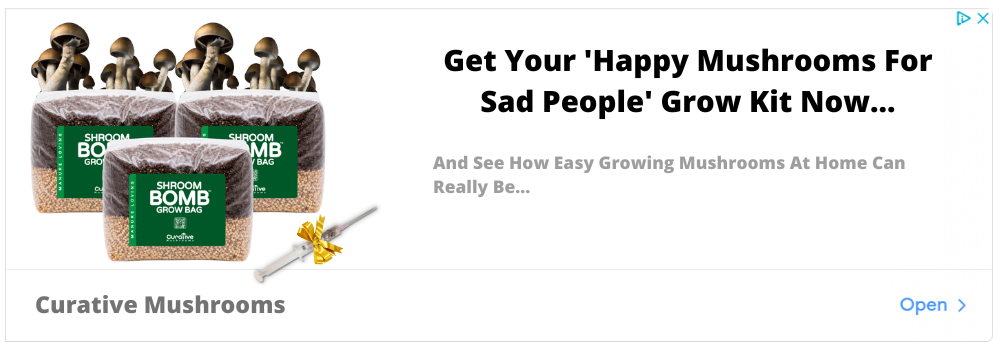

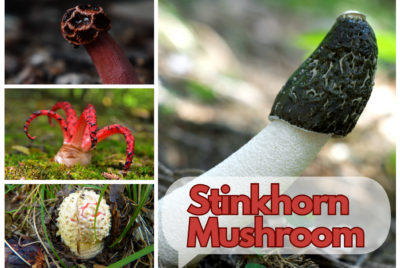
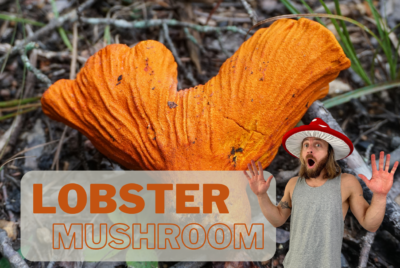
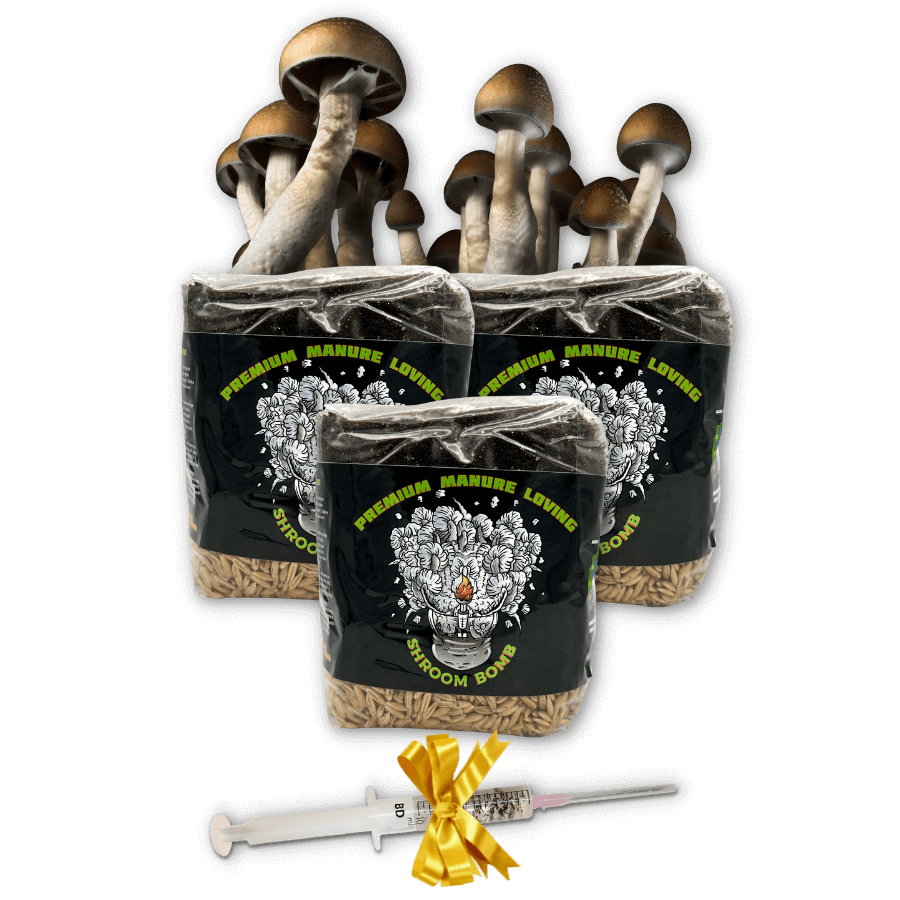

Comments (0)